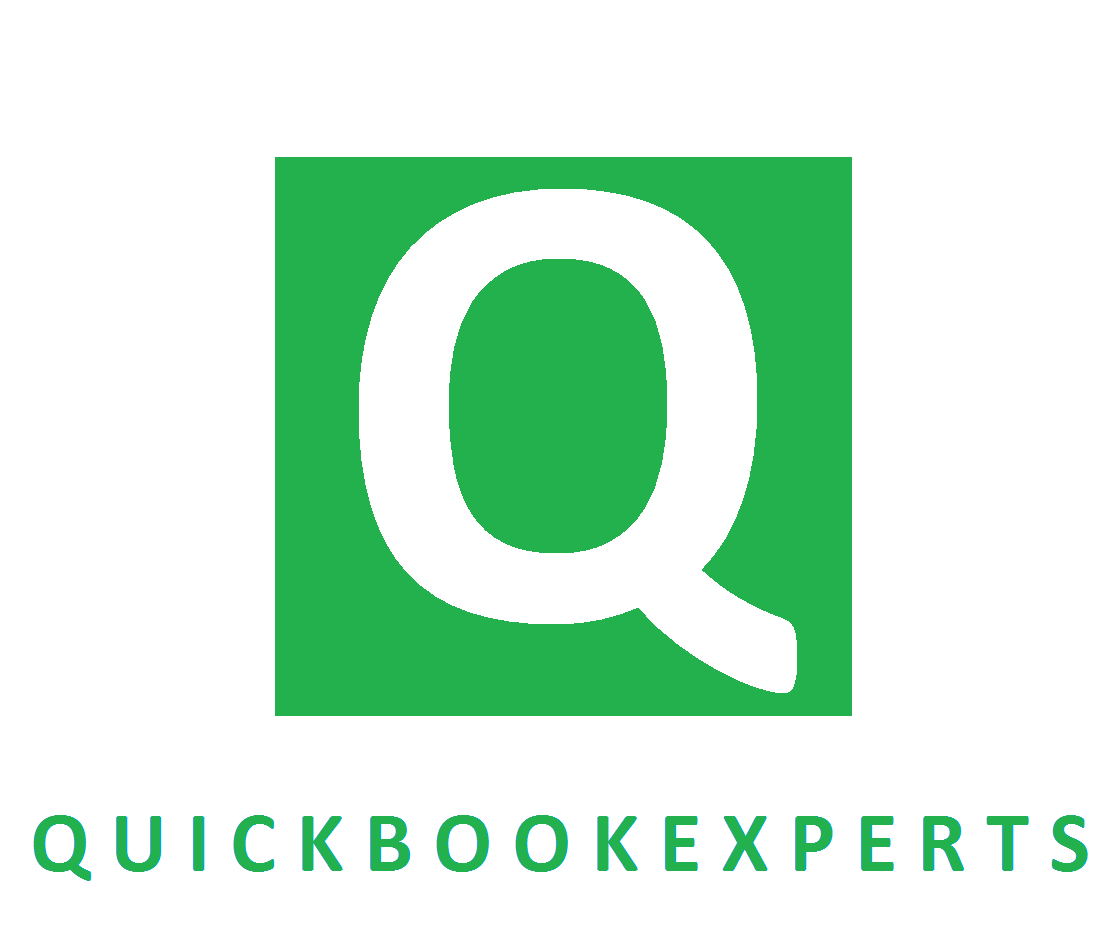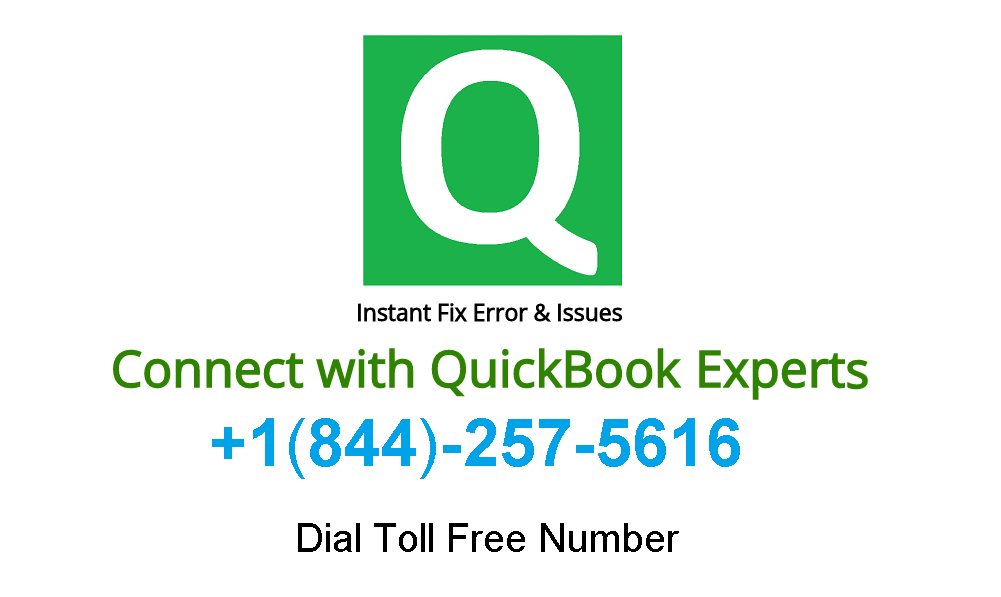Learn how to completely uninstall (“clean install”) QuickBooks Desktop for Windows to fix company file issues.
Some troubleshooting articles recommend a basic reinstall when the same issue affects more than one of your company files. If that doesn’t work, you can do a clean install. A clean install fixes: issues that keep you from opening your company file, display and template problems, and a few other situations. It replaces the QuickBooks system files on your computer.
Rest assured, a clean install won’t affect your accounting data since your company file and everything it holds aren’t involved at all.
Step 1: Make sure a clean install is right for you
If you haven’t already, follow the steps to Do a basic reinstall of QuickBooks Desktop. A basic reinstall usually does the trick, and you should always start there since it’s a simpler process.
If that doesn’t fix the issue, follow the steps below to Clean Install QuickBooks Desktop on each computer you’re having problems with. Remember, doing clean install won’t affect your company data.
Step 2: Gather info and back up your data
- Download a new install file for your version of QuickBooks. This way you’re sure to get the latest updates for your version.
- Have your license number handy. It should be on the original packaging or in the purchase confirmation email if you bought a digital version.
- Write down your product year and version.
Tip: You can get all of this Info from your account management portal. - If you haven’t already, back up your company file to save your work.
Step 3: Uninstall QuickBooks Desktop
- Open the Windows Start Menu. Search for “Control Panel” and open Control Panel.
- Select Programs and Features or Uninstall a Program.
- Select the version of QuickBooks Desktop you’re having problems with from the list of installed programs.
- ClickUninstall/Change and follow the onscreen instructions. If you don’t see this option, sign out and sign back in to Windows as an admin (or a user with admin rights).
| Important: If you get an error message while uninstalling QuickBooks, stop troubleshooting. There may be something else going on with your computer and you should contact an IT professional or Microsoft for help. |
Step 4: Download and install the QuickBooks Tools Hub
The QuickBooks Tools Hub helps fix common errors. Important: QuickBooks needs to be closed to use the tool hub.
- Download the QuickBooks Tools Hub file. Save the file somewhere you can easily find it (like your Downloads folder or your Windows desktop).
- Open the file you downloaded (QuickBooksToolsHub.exe).
- Follow the on-screen steps to install and agree to the terms and conditions.
- When the install finishes, double-click the icon on your Windows desktop to open the tools hub.
Note: If you can’t find the icon, do a search in Windows for QuickBooks Tools Hub and select the program.
Step 5: Run the Clean Install Tool
The Clean Install Tool automatically renames your old install folders for you. This allows QuickBooks to add new install files later when you reinstall.
- In the QuickBooks Tools Hub, select Installation Issues.
- Select Clean Install Tool, then select OK.
- Select your QuickBooks version and product version (you got these in the Step 1 section of this article). Then select Continue.
- Select OK when you see the message “Please install your copy of QuickBooks to the default location.”
When the Clean Install Tool finishes, you’re ready to reinstall QuickBooks Desktop.
Manually rename the QuickBooks Desktop installation folders
Step 6: Reinstall QuickBooks Desktop
When you’re done, download QuickBooks Desktop and reinstall it.
If you have questions or need guided steps, check out how to install QuickBooks Desktop.

